Hilborn et al., 2023: ‘Well-managed bottom trawling is a sustainable and environmentally friendly form of food production’
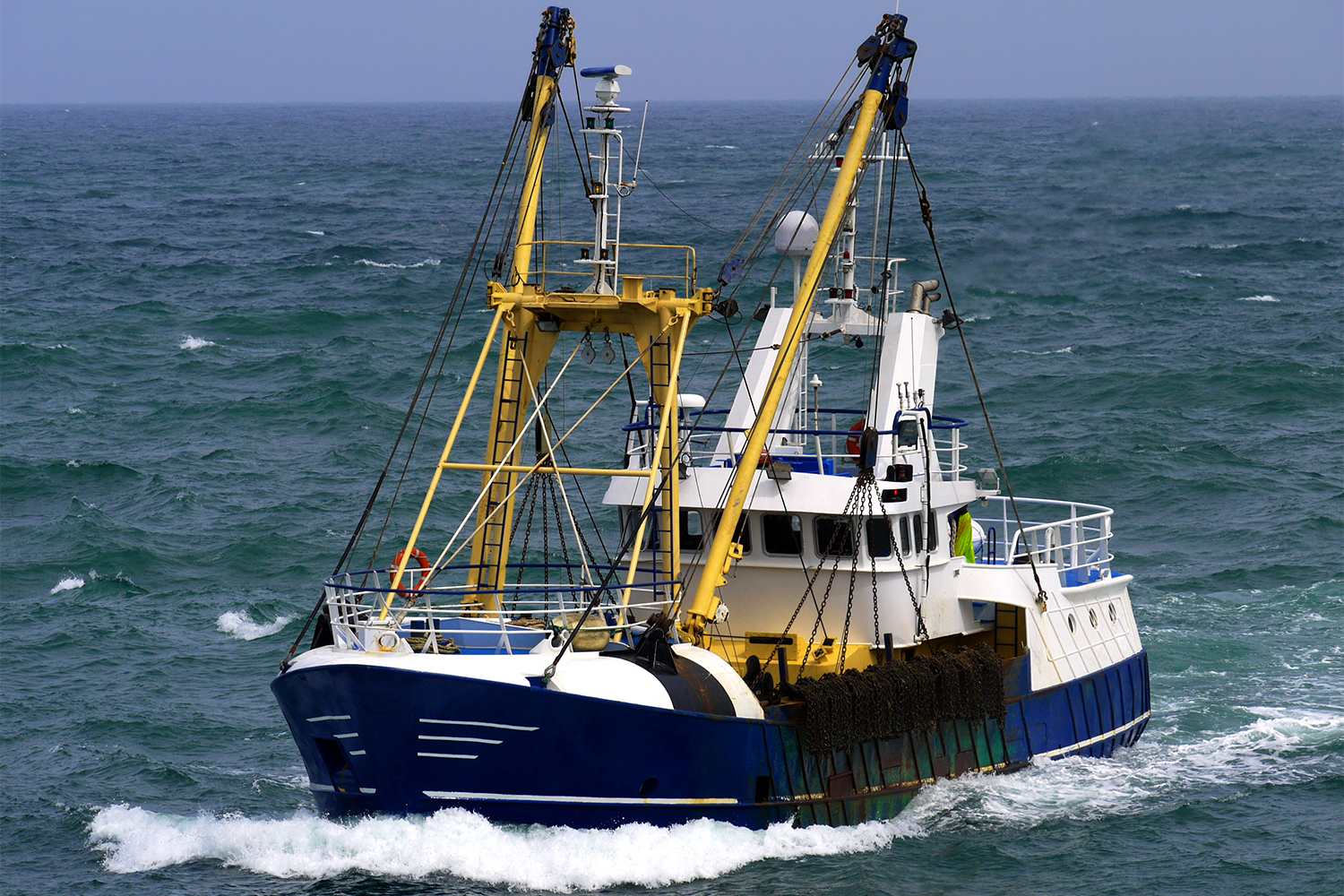
In a new review paper published in the ICES Journal of Marine Science, researchers argue that well-managed bottom trawling produces sustainable and environmentally friendly food.
A review paper is a roundup of all the latest info on a topic – a deep dive into a pool of research papers to pull out the most important aspects. In this case, Hilborn et al., 2023 went over all recent research on the environmental impacts of bottom trawling and boiled them down to four major impacts:
- Sustainability of target species
- Impact on the seafloor
- Bycatch and discards
- Carbon emissions
The review also compared bottom-trawled seafood to other forms of food production. It concluded that well-managed bottom trawling can produce food with less environmental impact than chicken or pork production. Good, effective management is the key.
Sustainability of target species
Bottom trawling produces 26 percent of wild-caught seafood, with target species often being groundfish. The review shows that worldwide groundfish populations are increasing and, on average, above target levels. Fifty percent of groundfish fisheries have earned Marine Stewardship Council certification.
However, the review acknowledges that some regions, like the Mediterranean, have experienced declines in groundfish stocks due to overfishing and ineffective management. Nonetheless, the majority of groundfish fisheries are subject to regular stock assessment, a crucial aspect of sustainable fisheries management.
Impact on the seafloor
One of the major concerns about bottom trawling is its impact on benthic ecosystems – the habitats on the seafloor.
Three key measures determine the impact: the frequency of trawling, the depletion rate (percentage of benthic invertebrates killed by each trawl) and the recovery rate of native organisms after a trawl. It is up to fishery managers to balance production with those three variables.
Encouragingly, a global assessment found that 66 percent of the seabed area was not trawled at all, and 93 percent had an intact status above 0.8, meaning it is at least 80 percent intact.
Compare that to terrestrial food production, where roughly 0 percent of land is intact after being cleared for crops or livestock production.
Hilborn et al., 2023 does acknowledge that bottom trawling can have severe impacts on sensitive species like deep-water corals and sponges, which have recovery rates of decades or even centuries. As a result, the authors report a near scientific consensus that areas with vulnerable species should be closed to bottom trawling.
Bycatch and discards
Bycatch – the unintended capture of non-target species – and discards (tossing bycatch overboard instead of utilizing) have been longstanding issues associated with bottom trawling. However, significant improvements have been made over the past few decades, with current bycatch and discard rates half of what they were in the 1980s.
The authors credit these improvements to gear improvements, better trawl selectivity and a reduction in fishing effort in Europe, North America and Australia. Additionally, some regions, particularly in Southeast Asia, Africa and Latin America, are increasingly utilizing more of the caught species rather than discarding them.
Reducing discards is crucial for environmental reasons, but bycatch populations also need to be at healthy levels.
Carbon emissions
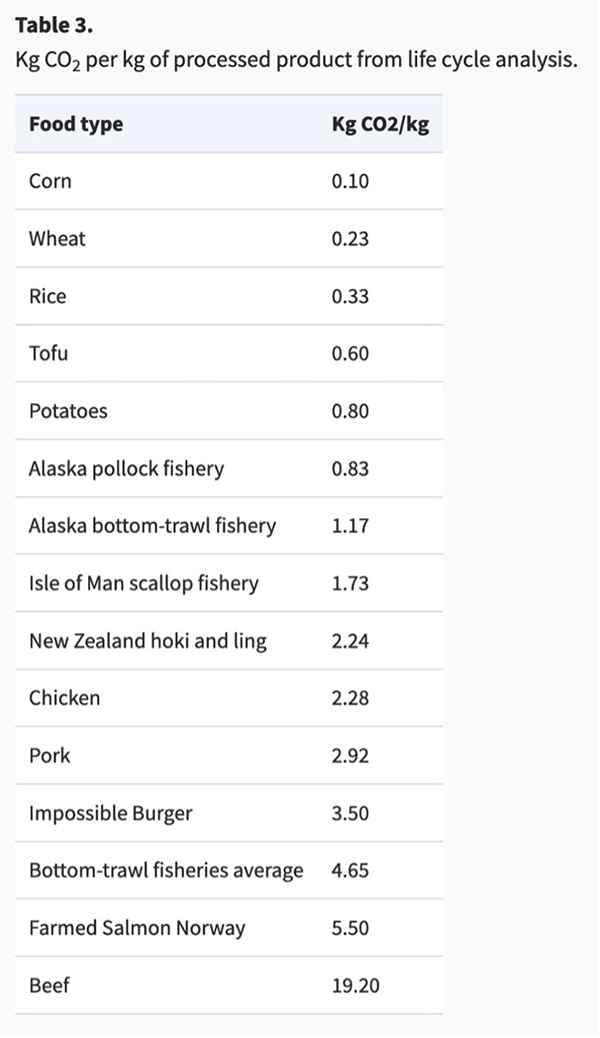
Food and agriculture production account for one-third of global carbon emissions and have the hardest road to decarbonization. Emissions mostly come from land-use change (i.e., carbon-storing forest is now fields of monocrop) and ruminants like cows, sheep and goats producing methane.
Seafood production, including bottom trawling, already has a lower carbon footprint than most terrestrial livestock production and has a much easier path to decarbonization. Seafood production requires no land-use change and there are no methane-producing farmed seafood species. Nearly all carbon emissions come from fuel use during harvest, though there is high variability based on the species and gear type.
Bottom trawling is generally one of the most energy-intensive forms of fishing, but some fisheries can be highly efficient. Hilborn et al., 2023 estimates that all Alaskan bottom-trawl fisheries produce 1.17 kg of carbon dioxide for every kg of food produced – about half the carbon footprint of chicken.
With the introduction of advanced diesel engines, along with the forthcoming adoption of hybrid, hydrogen and electric vessels, seafood has a clear path to decarbonization.
You may have seen headlines saying bottom trawling emits as much carbon as airline travel. These claims were based on poor science and are false.
Hilborn et al., 2023 dives deeper into the carbon footprints of various forms of food production and find that the average kilogram of bottom-trawled seafood produces 4.65 kg of carbon dioxide, which is higher than chicken but significantly lower than beef. Well-managed fisheries, such as the Alaskan pollock fishery, can achieve even lower carbon footprints due to efficient practices and management.
Carbon footprint is just one part of the story, though; fisheries have the great advantage of having no land-use impacts. The amount of land needed to replace seafood produced by bottom trawling would be catastrophic for the planet. Replacing all bottom trawling with a typical livestock mix of 30 percent beef, 33 percent pork and 37 percent chicken would need land the size of Mongolia.
Hilborn et al., 2023 counters growing advocacy for banning bottom trawling and concludes that banning bottom trawling would be a net negative for the planet. Well-managed bottom trawling is a sustainable and environmentally friendly form of food production.
For a more in-depth explainer of the paper, visit SustainableFisheries-UW.org.
Now that you've reached the end of the article ...
… please consider supporting GSA’s mission to advance responsible seafood practices through education, advocacy and third-party assurances. The Advocate aims to document the evolution of responsible seafood practices and share the expansive knowledge of our vast network of contributors.
By becoming a Global Seafood Alliance member, you’re ensuring that all of the pre-competitive work we do through member benefits, resources and events can continue. Individual membership costs just $50 a year.
Not a GSA member? Join us.
Author
-

Max Mossler
Max Mossler is the managing editor of sustainablefisheries-uw.org and is an employee of the School of Aquatic and Fisheries Sciences at the University of Washington. His writing and analysis are independent of the Global Seafood Alliance and are published on the Advocate with his permission.
Tagged With
Related Posts
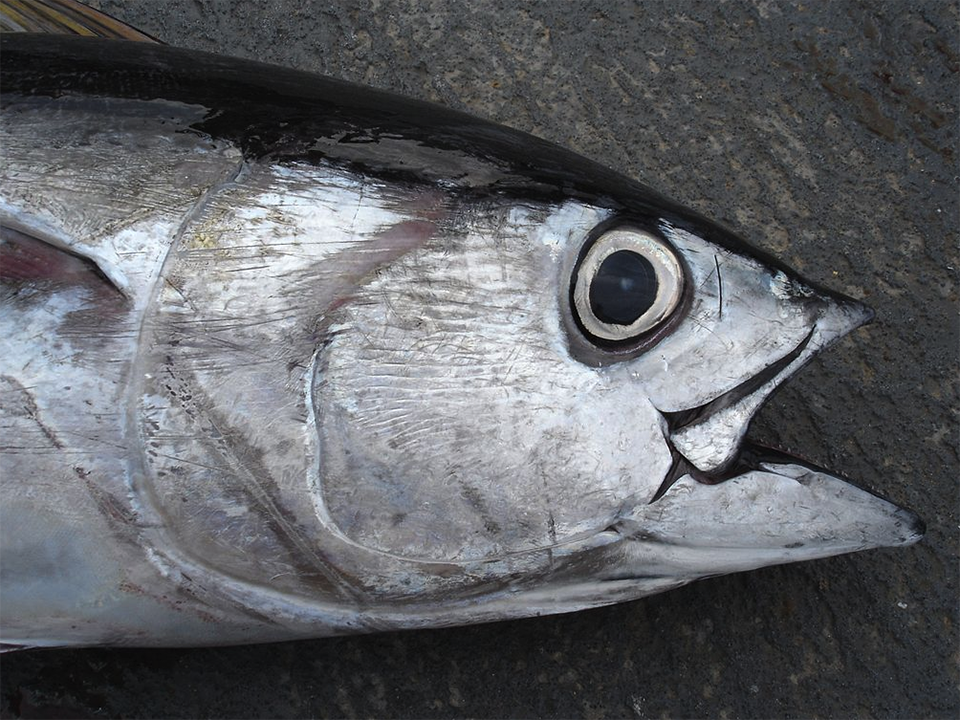
Fisheries
Fisheries in Focus: Marine protected areas don’t help tuna population, new paper shows
Using stock assessment and fishing data, researchers find that the Phoenix Islands Protected Area did not meaningfully increase the tuna population.
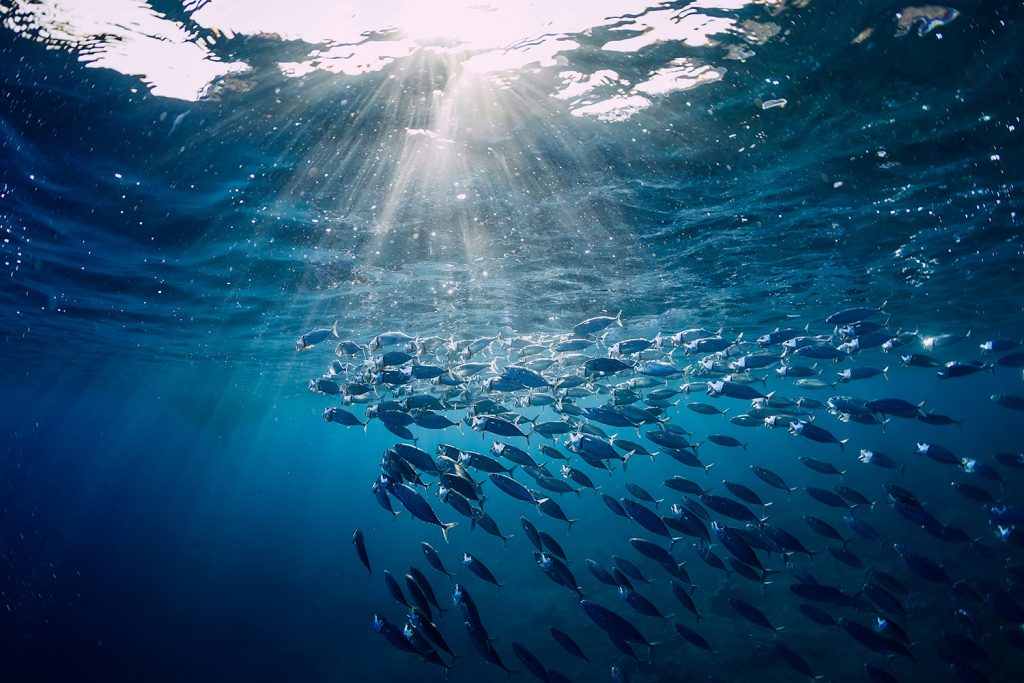
Fisheries
Fisheries in Focus: Tunas and billfishes are improving on the IUCN Red List – and it’s thanks to effective fisheries management
Sustainable Fisheries UW offers a rundown of the IUCN Red List and how tunas and billfishes benefit from strong fisheries management.
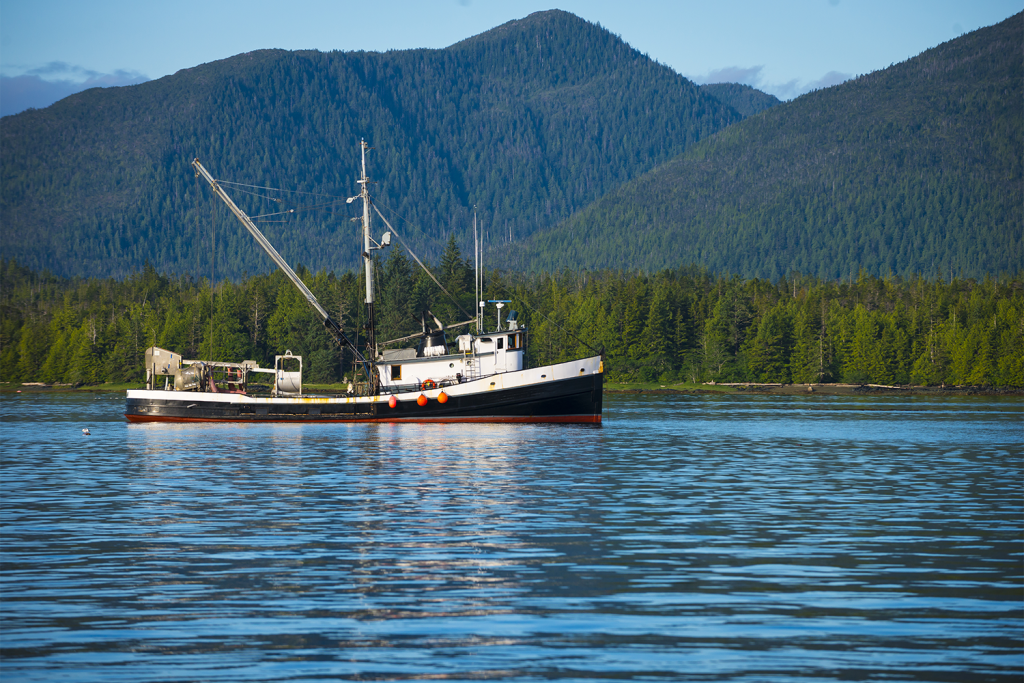
Fisheries
Fisheries in Focus: What is the Fisheries Management Index and what does it say about U.S. fisheries?
To properly evaluate a fishery management system, we need a measure of the management regime as a whole: Enter the Fisheries Management Index (FMI).
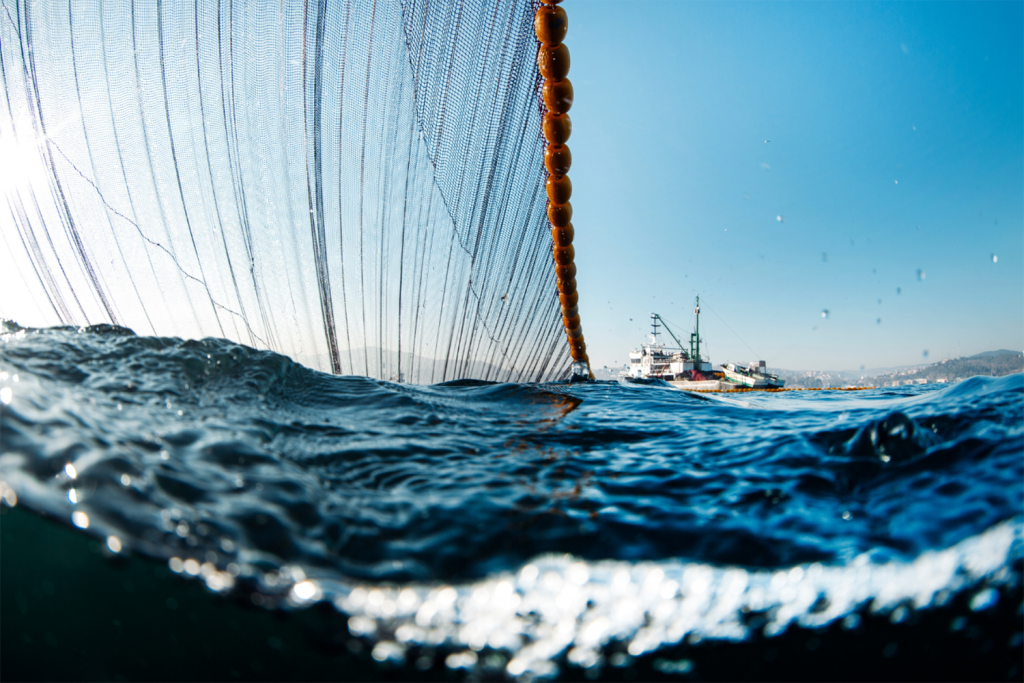
Fisheries
‘They need a good reason to stay’: How one coalition may break a decade of deadlock in the North Atlantic mackerel fishery
GOAL 2022: The North Atlantic Pelagic Advocacy Group, led by Dr. Tom Pickerell, is a finalist for GSA’s inaugural Global Fisheries Innovation Award.


